Professional paver installation that creates stunning, long-lasting outdoor living spaces you’ll enjoy for decades.
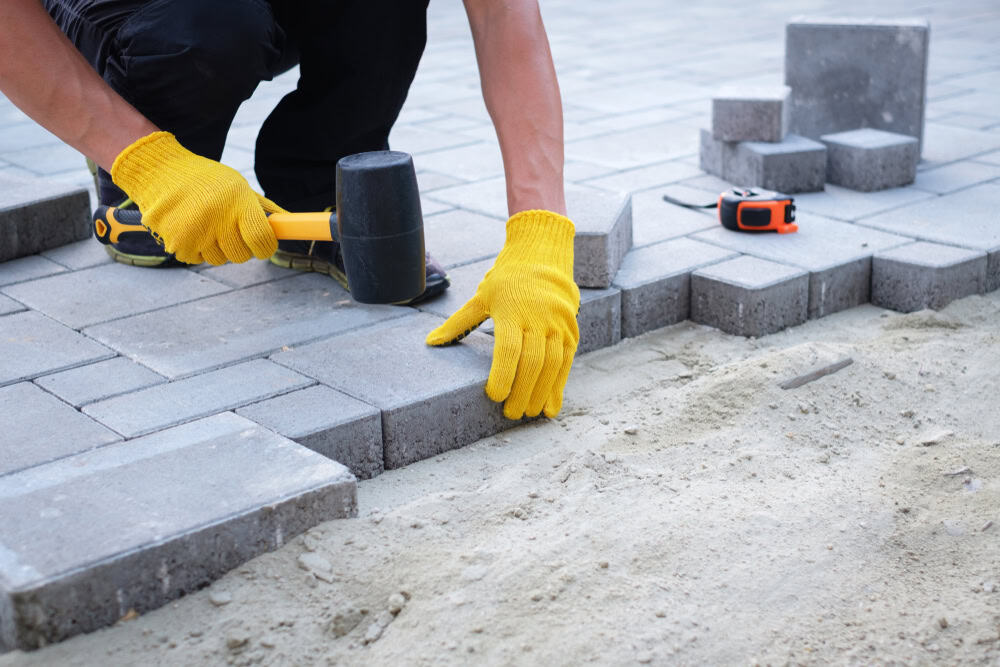
Hear from Our Customers
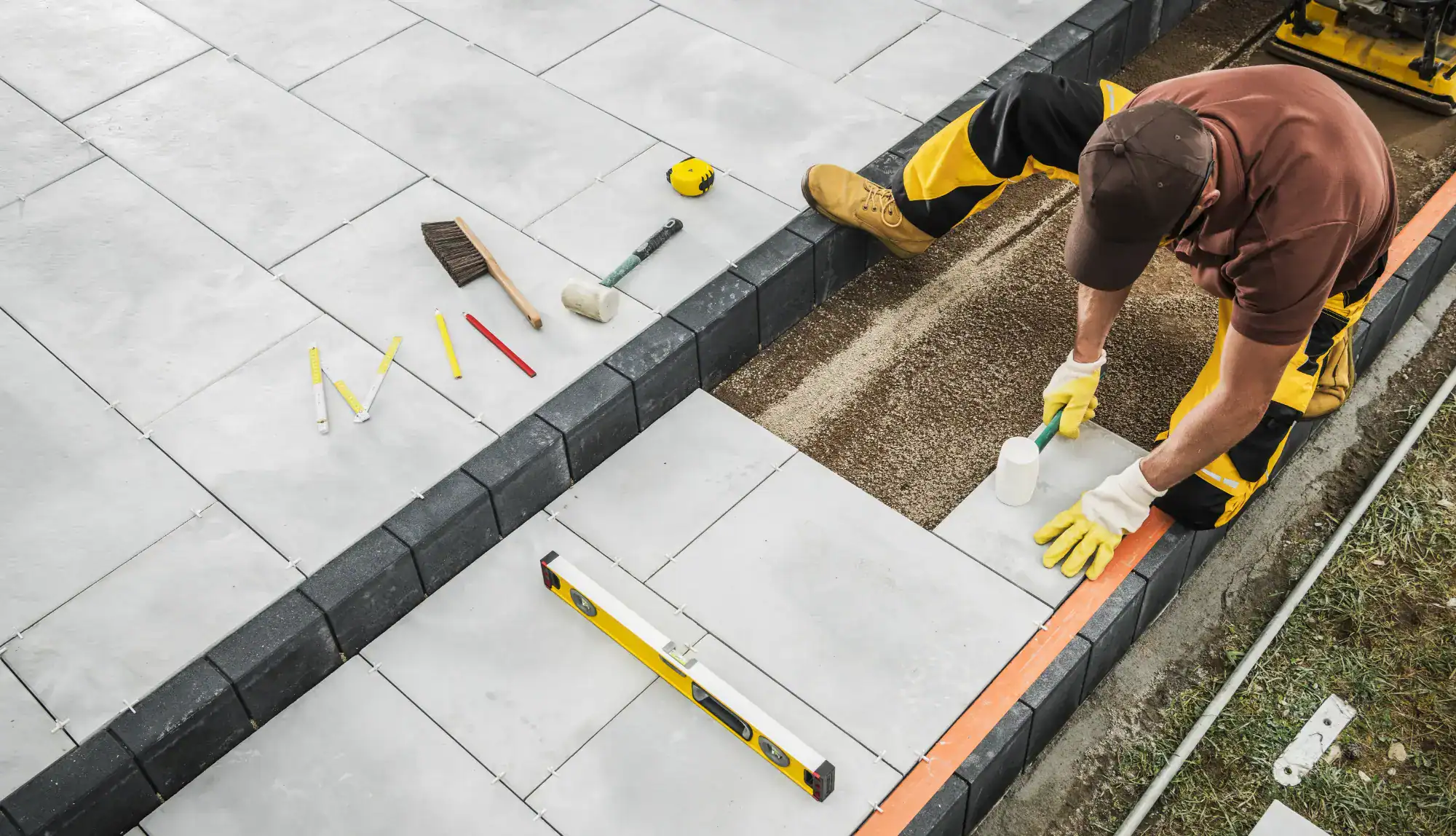
Your backyard should be more than just grass and concrete. When you invest in professional paver installation, you’re creating an outdoor living space that handles Long Island’s harsh winters and humid summers without cracking, settling, or looking worn down after a few years.
The right paver patio becomes your go-to spot for morning coffee, weekend barbecues, and evening relaxation. No more worrying about uneven surfaces, water pooling, or that constant maintenance headache that comes with cheaper alternatives.
You get a space that looks as good in year ten as it did on day one—because proper installation and quality materials make all the difference.
We bring over 25 years of expertise in masonry to every project, with a commitment to delivering high-quality, lasting results for both residential and commercial properties. We’ve been serving South Valley Stream and the surrounding Nassau County area long enough to understand exactly what works in this climate.
South Valley Stream homeowners appreciate quality craftsmanship and well-maintained properties, and that’s exactly what we deliver. Our team has handled everything from small patio installations to large-scale driveway projects, always with the same attention to detail and commitment to getting it right the first time.
When you work with us, you’re working with contractors who understand local building codes, soil conditions, and the specific challenges that come with Long Island’s weather patterns.
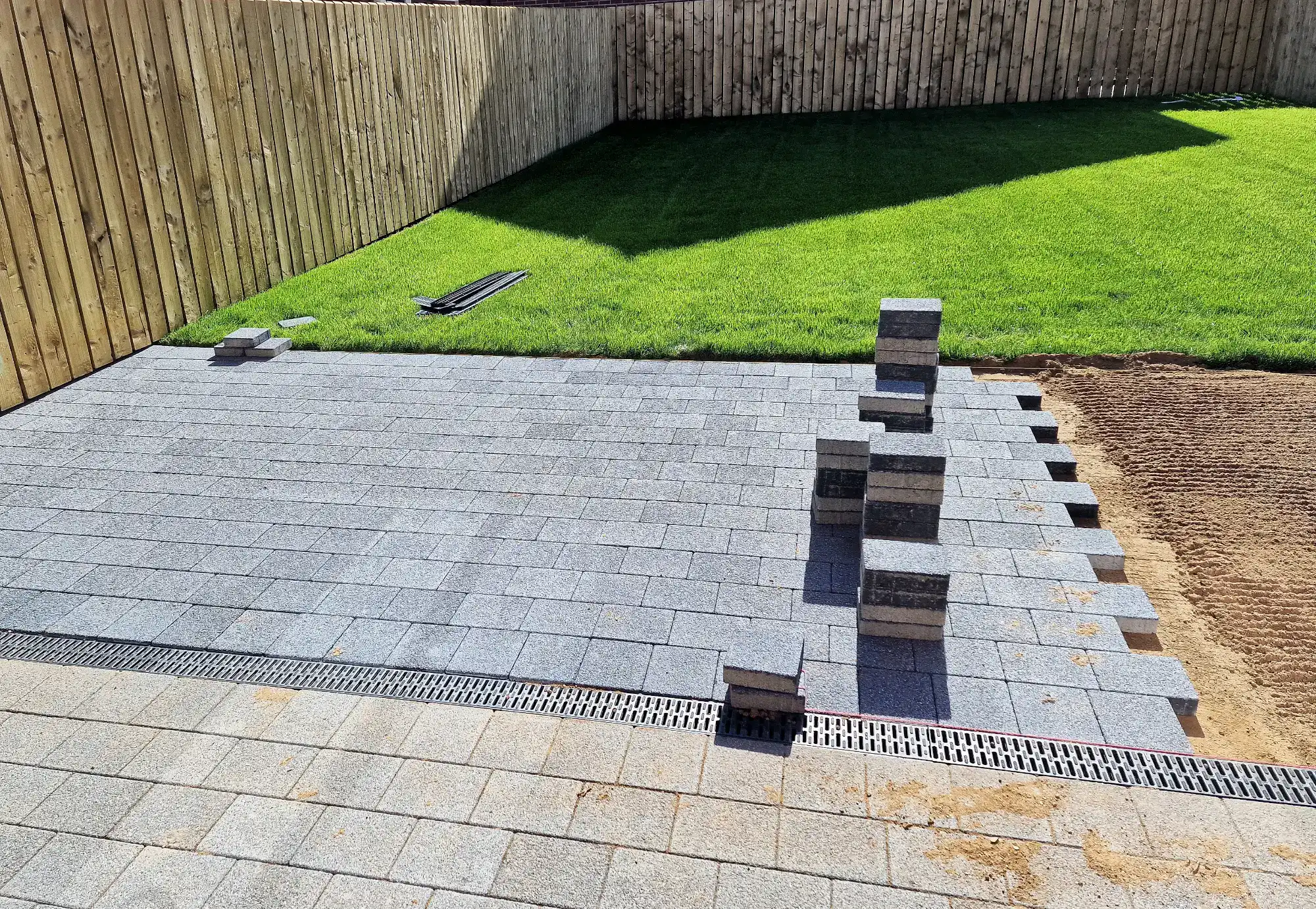
Every successful paver installation starts with proper site preparation. We excavate to the correct depth, ensuring proper drainage—critical in areas like South Valley Stream where water management can be challenging. The base layer gets compacted using professional equipment, not shortcuts.
Next comes the sand bedding layer, carefully leveled and screeded. This is where experience matters most—getting this foundation perfect means your pavers won’t shift, settle, or develop those annoying low spots that collect water.
The paver installation itself involves precise placement, proper spacing, and cutting pavers to fit perfectly around edges and obstacles. We finish with joint sand and proper edging to lock everything in place. The result is a surface that looks great and performs flawlessly for decades.
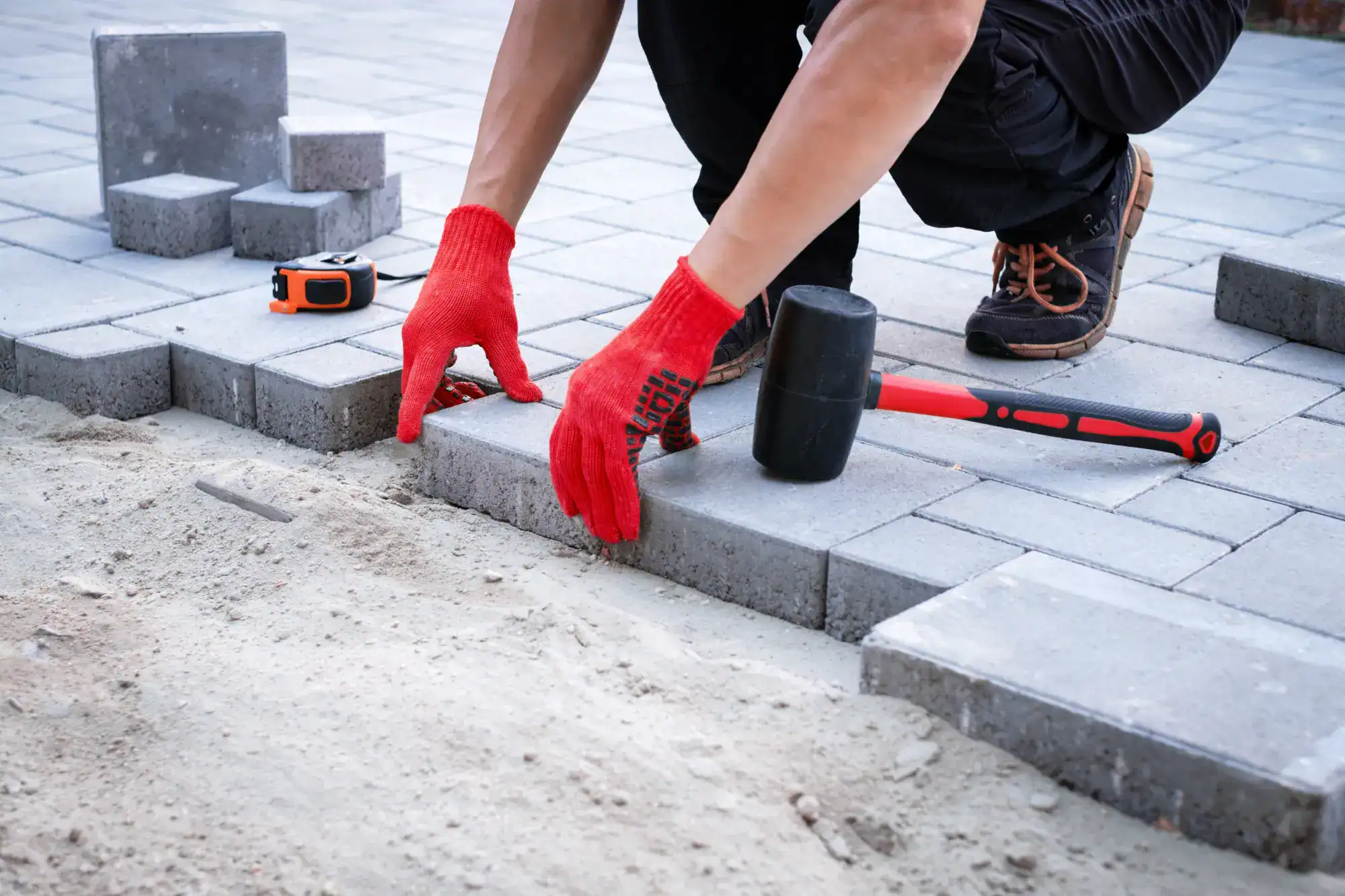
Ready to get started?
Clean lines, oversized shapes, and smooth finishes are ideal for creating contemporary outdoor spaces, especially in high-density neighborhoods like Long Island. In South Valley Stream, we see homeowners gravitating toward both traditional and modern paver styles that complement their home’s architecture.
Long Island homeowners are increasingly choosing eco-friendly pavers made from recycled materials or permeable stones. These options reduce stormwater runoff and blend seamlessly into the natural environment. This is particularly relevant in Nassau County, where proper drainage is essential.
Our paver installation service includes complete site preparation, proper base installation, precision paver placement, and finishing work that meets ICPI industry standards. We handle permits, coordinate inspections, and ensure your project complies with local building codes—details that matter but often get overlooked by less experienced contractors.
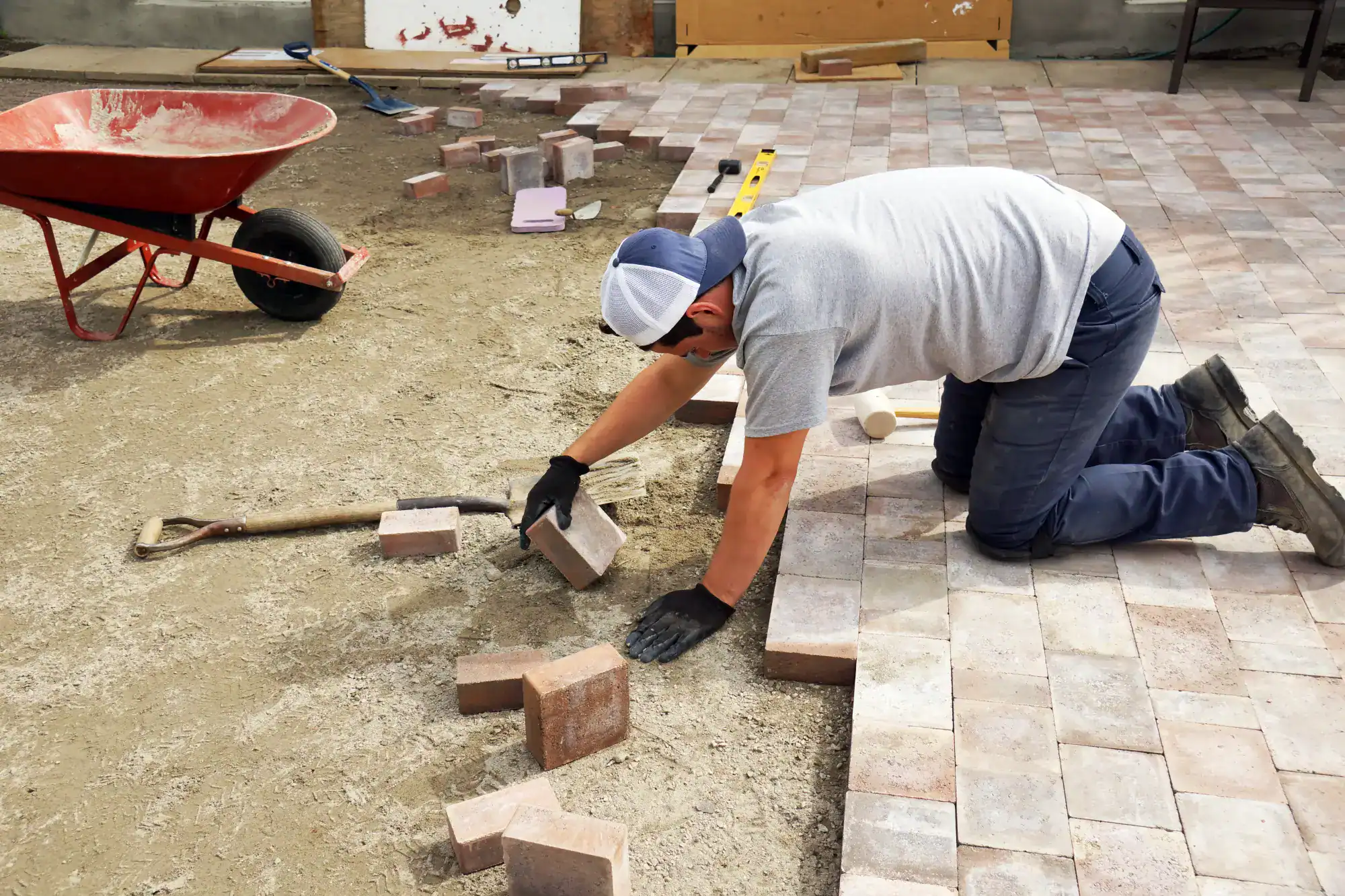
Ready to Fix That Masonry for Good?
Let’s talk about your project. No pressure, just honest answers and a quote you can count on from Nassau County’s trusted masonry professionals.

Company
Links